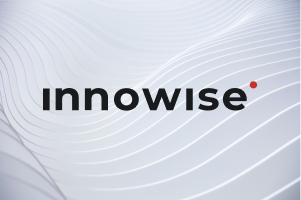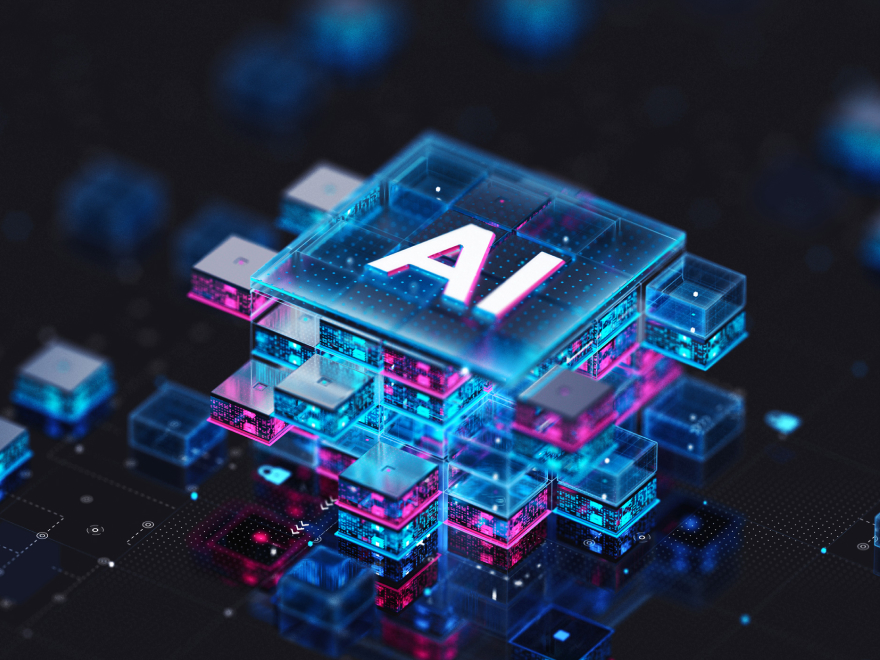La délocalisation proche consiste à externaliser le travail informatique dans un pays voisin, généralement dans le même fuseau horaire ou dans un fuseau horaire proche. La délocalisation permet d'aller beaucoup plus loin, souvent à l'autre bout du monde. D'après ce que j'ai vu, la délocalisation rapprochée facilite la collaboration en temps réel et permet de maintenir les projets sur la bonne voie. Vous n'avez pas de surprises au réveil et vous n'attendez pas un jour pour obtenir des réponses. Bien sûr, la délocalisation peut sembler moins chère sur le papier. Mais les inconvénients cachés, comme les décalages horaires, les ruptures de communication et les délais non respectés, ont tendance à s'accumuler rapidement. Si vous souhaitez un travail d'équipe plus fluide et moins de maux de tête, il est généralement plus avantageux de rester près de chez vous.
Votre message a été envoyé.
Nous traiterons votre demande et vous contacterons dès que possible.


















